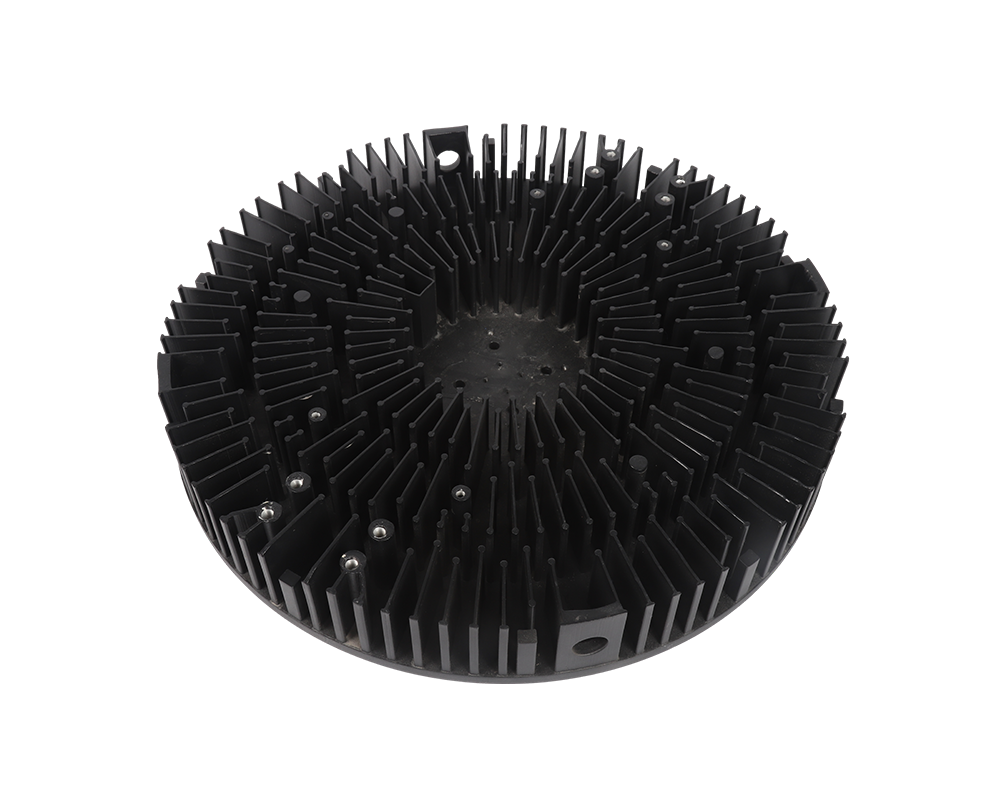2023-12-26 hits:0 source:News

When manufacturing zinc alloy die-casting molds, if attention is not paid to details, it is inevitable that some defects will occur in the die-casting molds, such as cracks, cracks, and quality problems in blank forging. These problems will seriously affect the specific use of the molds, so we need to better avoid them. Next, we will tell you several common problems during the processing and manufacturing of die-casting production molds:
1. Quality issues with rough forging. Some molds only produce a few hundred die-casting products before cracks appear, and the cracks develop quickly. It is possible that during forging, only the external dimensions are guaranteed, and loose defects such as dendritic crystals, inclusions of carbides, shrinkage holes, bubbles, etc. in the steel are extended and stretched along the processing method, forming streamlines that have a great impact on the final quenching deformation, cracking, brittle cracking during use, and failure tendency in the future.
2. The cutting stress generated during final machining such as turning, milling, and planing can be eliminated through intermediate annealing.
3. Grinding stress is generated during the grinding of quenched steel, and frictional heat is generated during grinding, resulting in a softening layer and decarburization layer, which reduces thermal fatigue strength and can easily lead to thermal cracking and early cracking. After precision grinding, h13 steel can be heated to 510-570 ℃ and held for one hour at a thickness of every 25mm for stress relief annealing.
4. Electrical discharge machining generates stress. The surface of the die casting mold forms a white bright layer that is rich in electrode elements and dielectric elements, which is hard and brittle. This layer itself will have cracks and stress. During electrical discharge machining, a high frequency should be used to minimize the white bright layer. Polishing methods must be used to remove it and tempering treatment must be carried out. The tempering should be carried out at a three-level tempering temperature
Read recommendations:
lf you have any questions or comments, you can leave us a message and we will reply to you as soon as possible
